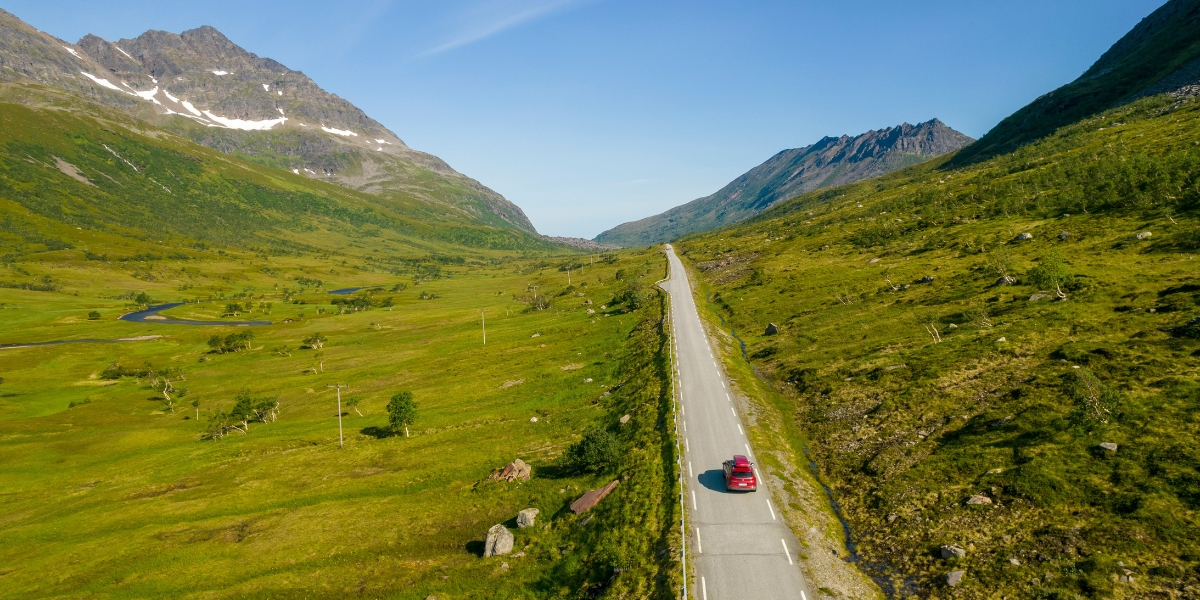Wildfires present a serious threat to communities, homes, and natural environments, spreading rapidly and often with little warning. The destructive power of these blazes underscores the critical importance of knowing what to do during a wildfire. While prevention is always the first line of defense, understanding the proper actions to take when flames are near can significantly enhance safety for individuals and their loved ones. It involves a combination of proactive steps, swift reactions, and adherence to official guidance, all aimed at protecting lives and property during such a challenging event.
Read also: Air Quality and Its Impact on Health
Prioritizing Preparedness and Early Warnings
Before a wildfire even becomes an immediate threat, preparedness plays a vital role in knowing what to do during a wildfire. Residents in fire-prone areas are encouraged to create a defensible space around their homes by clearing dry vegetation, debris, and flammable materials. This involves maintaining lawns, trimming trees, and moving woodpiles away from structures. Creating an emergency kit stocked with essential items like water, non-perishable food, first-aid supplies, medications, important documents, and battery-powered radios is also crucial. Families should also establish a clear evacuation plan, including designated meeting points and escape routes, practicing it regularly. Staying informed means signing up for local emergency alerts, monitoring news reports, and understanding fire danger ratings. Early awareness of a developing situation allows for more time to prepare and react, which can make a significant difference.
Understanding Evacuation Orders and Safe Departure
When a wildfire poses an imminent danger, the most important action for what to do during a wildfire is to obey official evacuation orders immediately. Emergency services issue these orders for public safety, and ignoring them can put lives at serious risk. Upon receiving an evacuation notice, individuals should move calmly and quickly to implement their pre-established plan. This includes gathering family members, pets, and the essential items in their emergency kit. It involves closing windows and doors in their home, turning off gas and propane, and leaving lights on to help firefighters identify the house in smoky conditions. Following designated evacuation routes is vital, as these are chosen for safety and traffic management. Avoiding shortcuts or unapproved paths can prevent encounters with unforeseen dangers or traffic bottlenecks. Communication with family members and emergency contacts about one’s whereabouts helps ensure everyone is accounted for during the crisis.
Protecting Your Home and Yourself if Sheltering (Last Resort)
While evacuation is almost always the safest course of action, there might be rare circumstances where individuals are advised by authorities to shelter in place, or find themselves unable to evacuate. In such cases, knowing what to do during a wildfire if remaining at home becomes critical. This involves bringing any flammable items from the yard inside or moving them far away from the house. Individuals should close all windows and doors, including those in the garage, and close non-combustible window coverings, like metal blinds, to block radiant heat. Turning off air conditioning helps prevent smoke from entering the home. Filling bathtubs and sinks with water provides an emergency supply. Staying inside a well-sealed structure offers protection from embers and intense heat, though smoke can still be a serious concern. If smoke becomes overwhelming inside, moving to a room with fewer windows or even covering the mouth and nose with a damp cloth can help. This option is generally considered a last resort and often requires specific instructions from emergency personnel.
Read also: Galactic Federation of Light: Rising from the Ashes to Rebuild Community
Actions After the Fire Passes or During Return
After the immediate threat of a wildfire has passed, there are still important steps for what to do during a wildfire and its aftermath. Individuals should only return to their homes once authorities declare it safe to do so, as hidden dangers like hot spots, unstable structures, and downed power lines can remain. Upon returning, caution is paramount. It involves checking for smoldering debris both inside and outside the home, including in attics and crawl spaces. Wearing protective gear, such as sturdy shoes, long pants, a long-sleeved shirt, gloves, and an N95 respirator mask to protect against ash and smoke inhalation, is advisable. Individuals should also carefully inspect their homes for any structural damage caused by the fire or firefighting efforts and avoid consuming food or water that may have been exposed to heat or contaminants. Reconnecting with local resources and support services helps in the recovery process, addressing both physical and emotional needs.
Knowing what to do during a wildfire is a comprehensive process that begins with proactive preparation and extends through immediate actions during the event, and careful steps in its aftermath. Prioritizing safety, following official instructions from emergency services, and having a well-rehearsed family plan are foundational elements that can empower individuals and communities to better withstand the challenges posed by these powerful natural events.





